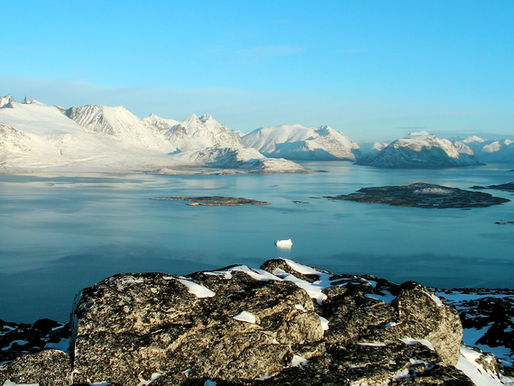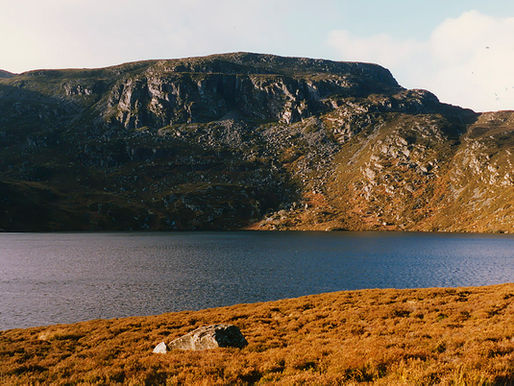top of page
Search


Discover the Alportian Substage and Explore the Fossils and Geodiversity That Shaped Our Planet
Sip back and discover the Alportian Substage (323–322 million years ago) and explore the fourth subdivision of the Namurian Stage in the Carboniferous of Britain and northwest Europe. Defined by Homoceras undulatum it preserves Edale Shales, deltaic Alport Sandstones, and hemipelagic mudstones. Key to understanding the Pennine Delta system, marine sedimentation, and basin evolution, it reveals the interplay of tectonics, sea-level changes, and sediment supply shaping the nort
Aug 183 min read


Discover the Anisian Stage and Explore the Fossils and Geodiversity That Shaped Our Planet
Discover the Anisian Stage (247.2–242 Ma) and explore the the earliest Middle Triassic subdivision marking Earth’s recovery after the Permian–Triassic extinction. Explore how warm greenhouse climates, rising seas, and stable ecosystems enabled the first Triassic reefs, carbonate platforms, ammonoids, conodonts, marine reptiles, and early archosaurs to flourish. Learn its origin in Austria, GSSP in Romania, and its pivotal role in Mesozoic biodiversity.
Aug 186 min read


Discover the Aptian Stage and Explore the Fossils and Geodiversity That Shaped Our Planet
Sip back and discover the Aptian Stage (121–113 Ma) and explore the Early Cretaceous marked by Pangaea’s breakup, South Atlantic opening, and Tethys expansion. Discover greenhouse climates, Oceanic Anoxic Event 1a, black shale formation, rudist reefs, and the rise of angiosperms driving the Cretaceous Terrestrial Revolution. Key fossils, ammonites, foraminifera, and Selli Level black shales in Italy provide vital insights into global tectonics, climate, and biodiversity evolu
Aug 175 min read


Discover the Aquitanian Stage and Explore the Fossils and Geodiversity That Shaped Our Planet
Discover the Aquitanian Stage (23.03–20.44 Ma) and explore the earliest division of the Miocene Epoch, marked by global climate cooling, tectonic activity, and major mammalian evolution. Defined at the Lemme-Carrosio GSSP in Italy’s Rigoroso Formation, it records rich marine and terrestrial fossils from foraminifera to early deer, rodents, and primates. Named after France’s Aquitaine Basin, the Aquitanian reveals critical insights into Neogene ecosystems, faunal migrations, a
Aug 164 min read


Discover the Archean Eon and Explore the Fossils and Geodiversity That Shaped Our Planet
Sip back and discover the Archean Eon (4–2.5 billion years ago) and explore a pivotal era in Earth’s history marked by the formation of the first continental crust, greenstone belts, oceans, and early life. Discover Archean geology, komatiites, banded iron formations, stromatolite fossils, and the origins of Earth’s atmosphere and biosphere.
Aug 165 min read


Discover the Arenig Age and Explore the Fossils and Geodiversity That Shaped Our Planet
Sip back and discover the Arenig Age dating back 477.7 – 470 Myrs, a dynamic Early Ordovician interval marked by rising seas, tectonic activity, and the Great Ordovician Biodiversification Event. Defined by Adam Sedgwick in Wales and globally recognised at Hunneberg, Sweden with the “golden spike” GSSP, the Arenig reveals ancient oceans, trilobites, graptolites, brachiopods, cephalopods, and early reefs. Explore its fossils, geology, and heritage across Wales, England, Scotla
Aug 164 min read
Find out more about gin, cocktail recipes, our fossil coastline, and the places
along the way that you can enjoy a jigger of Fossil Coast Gin.
bottom of page




